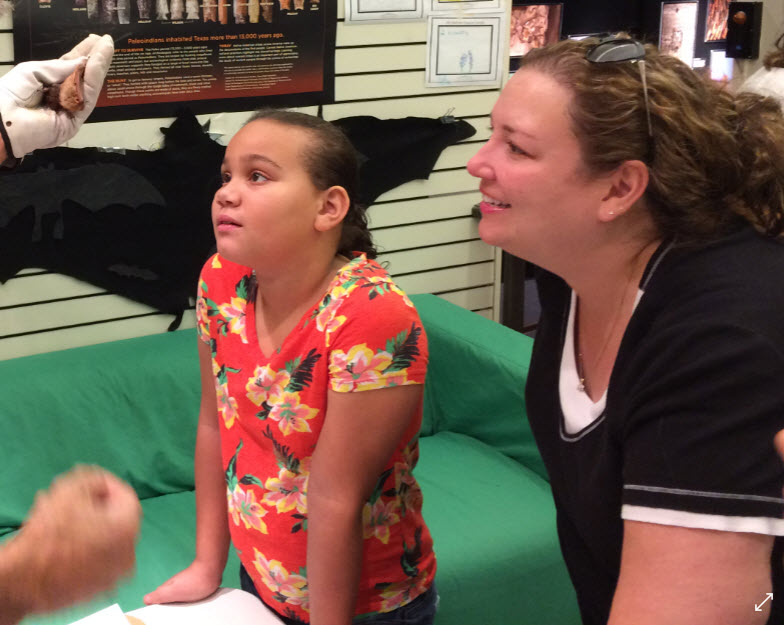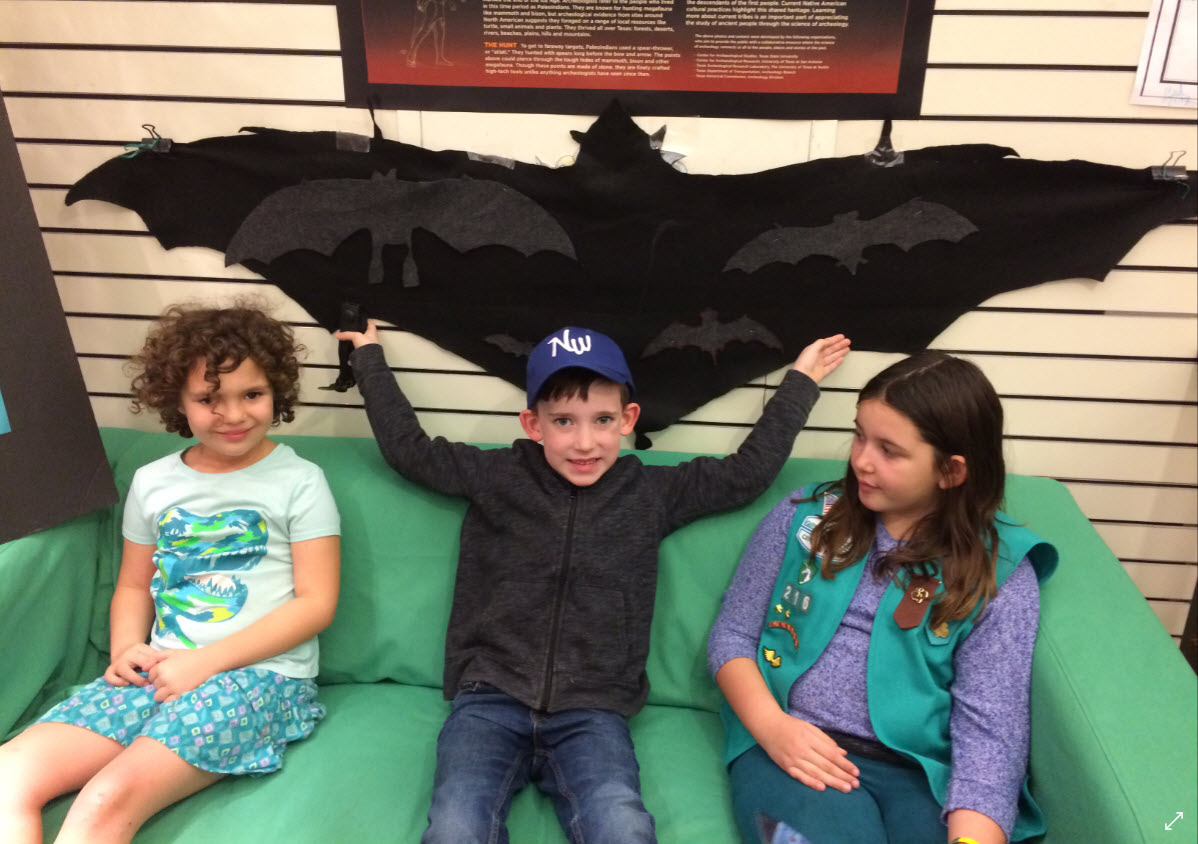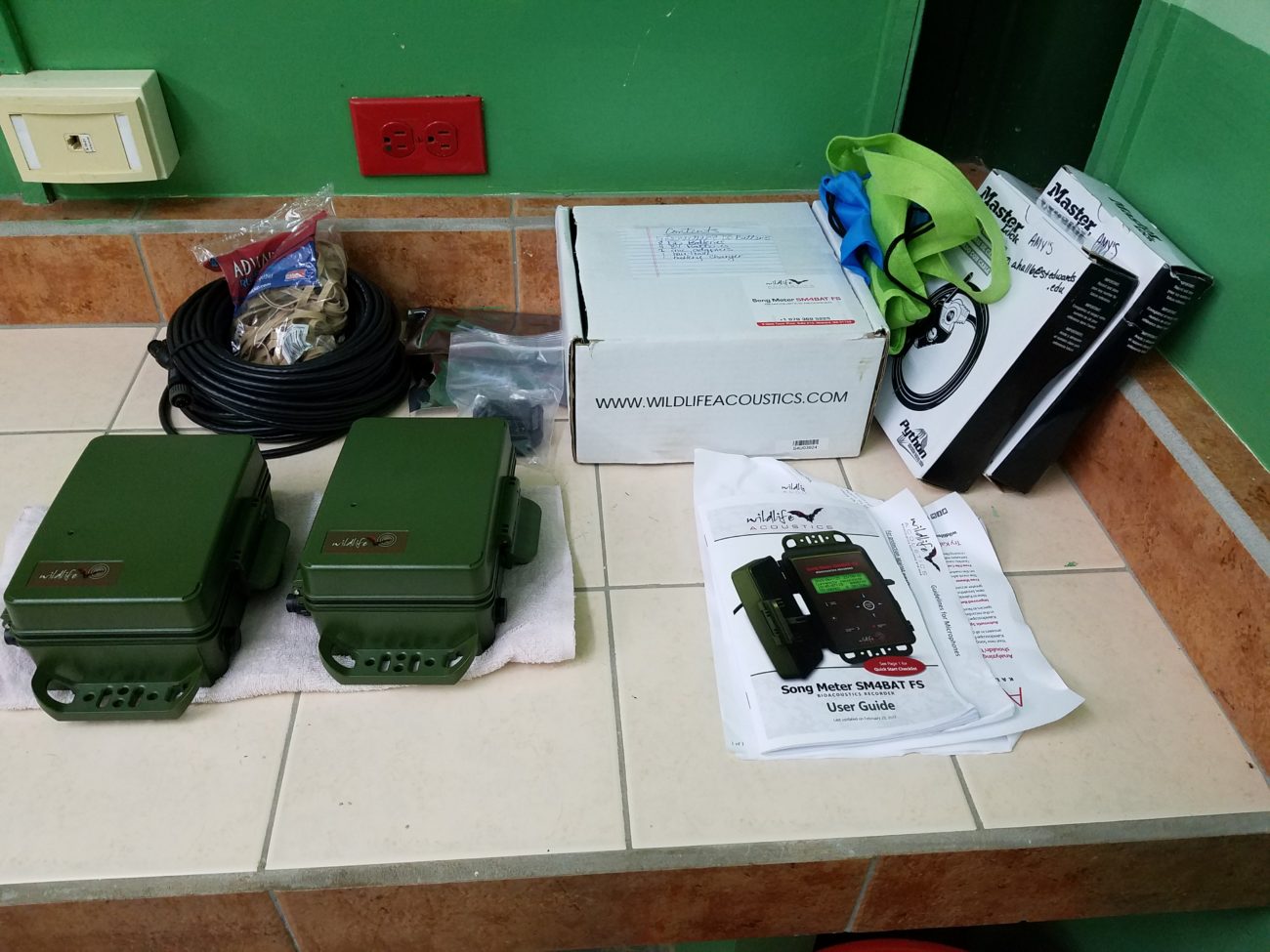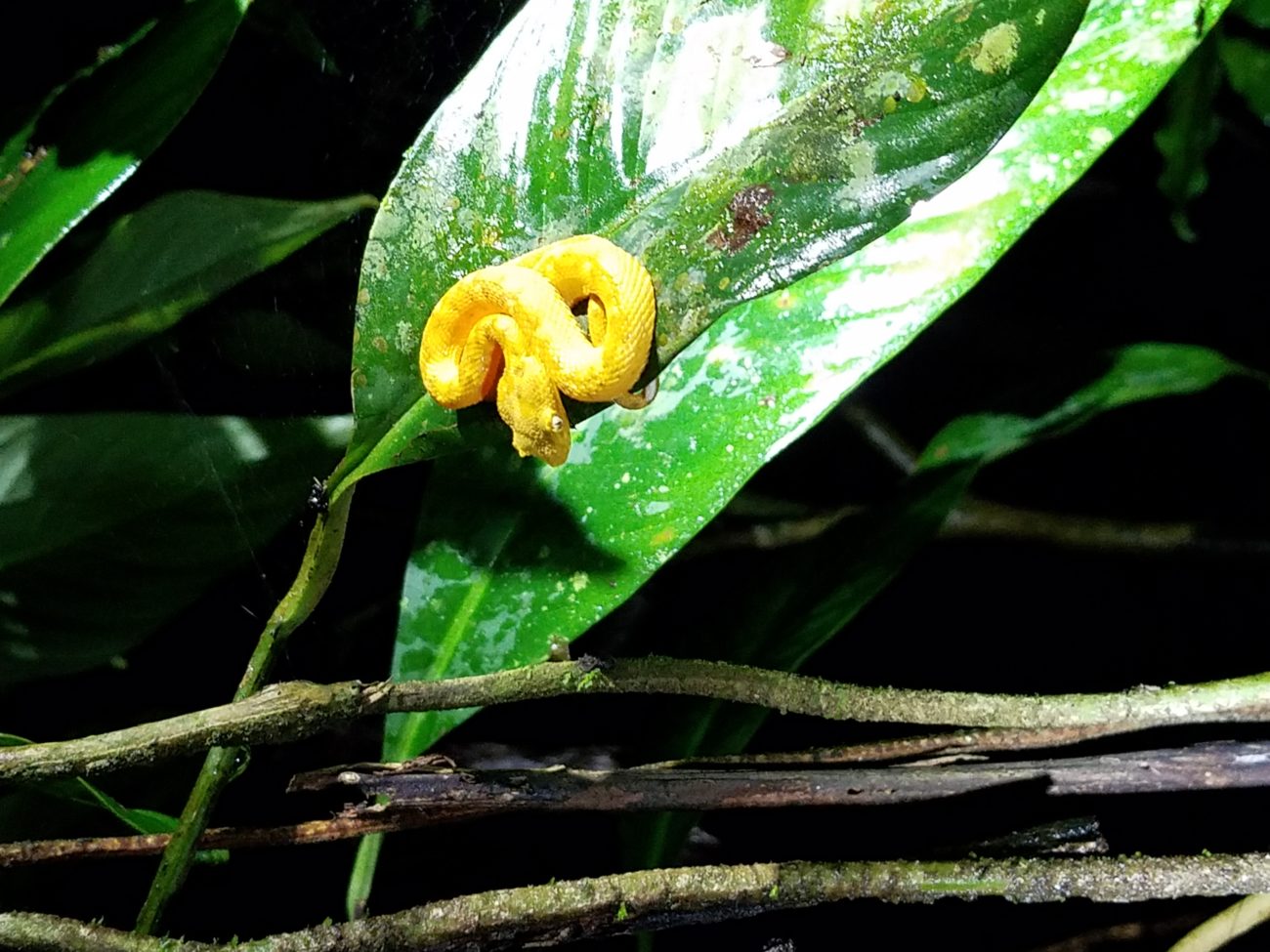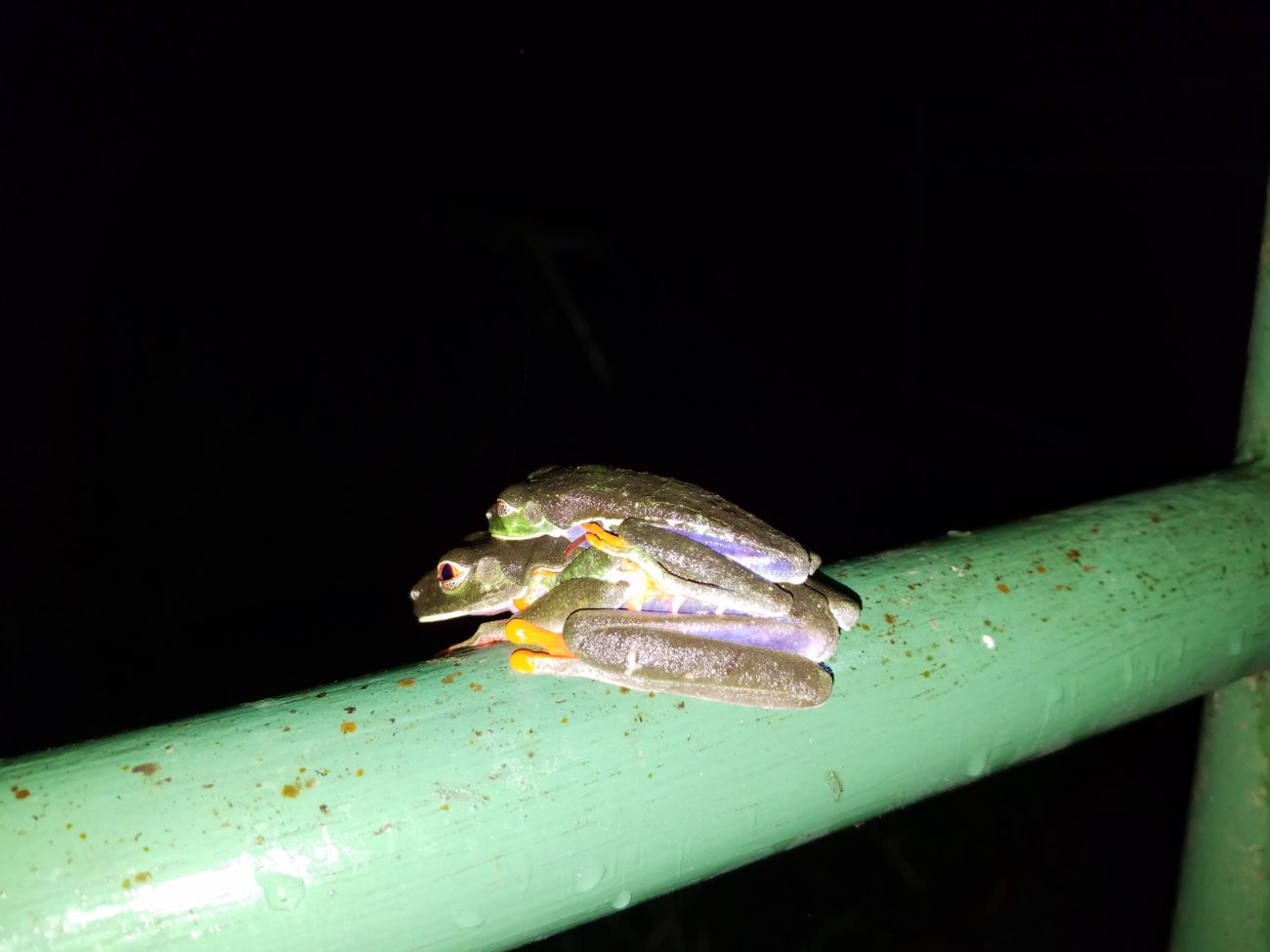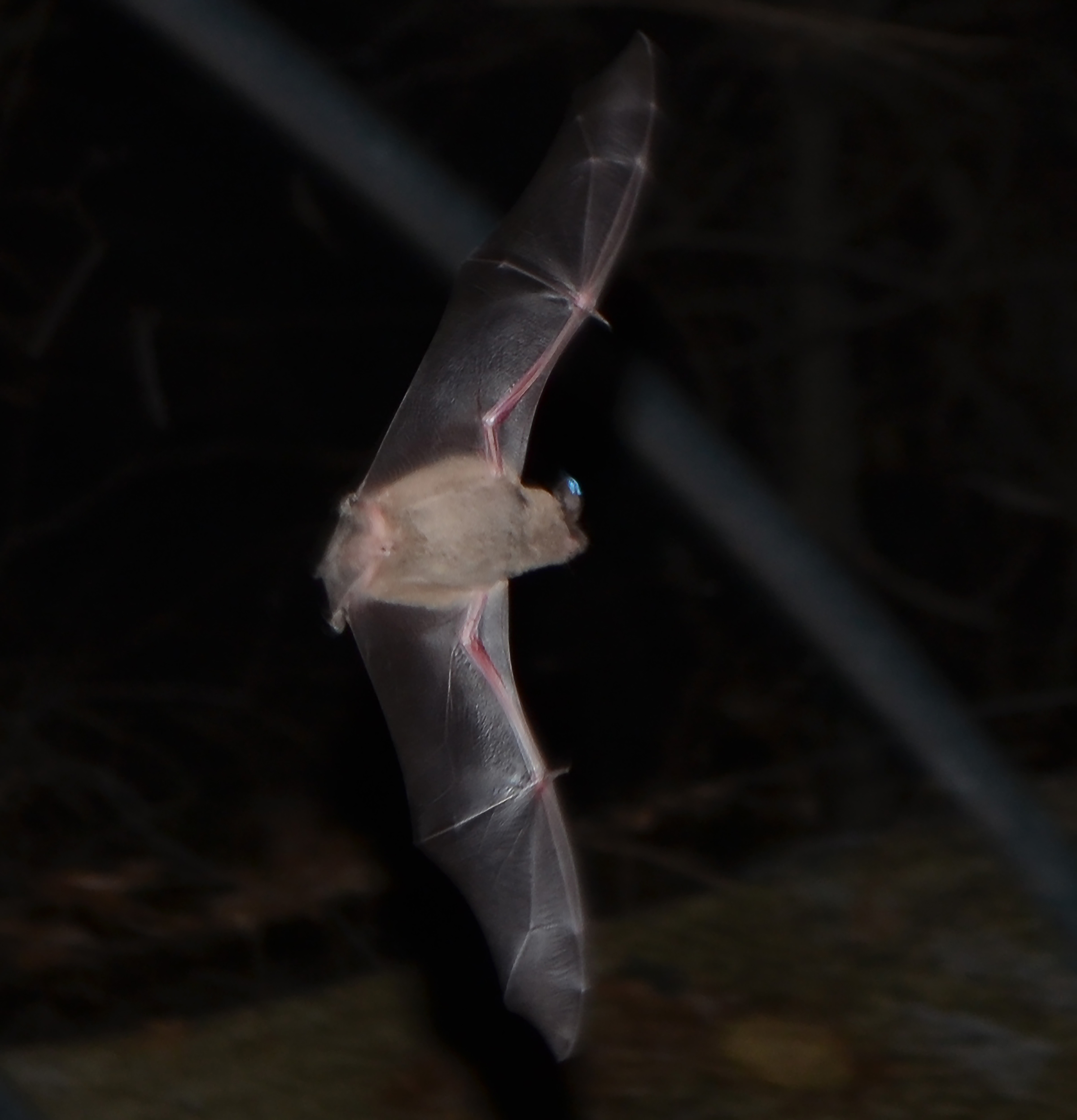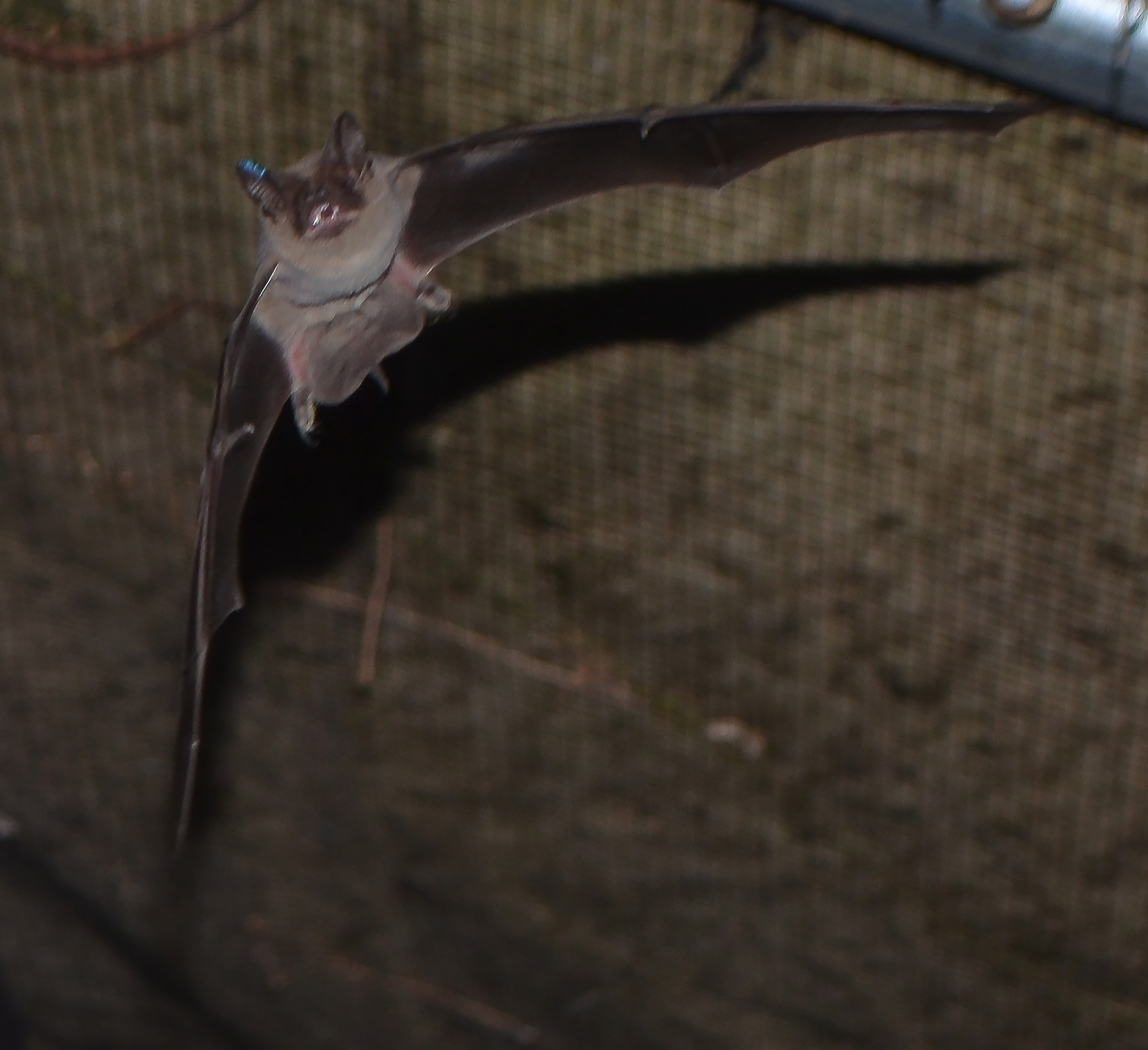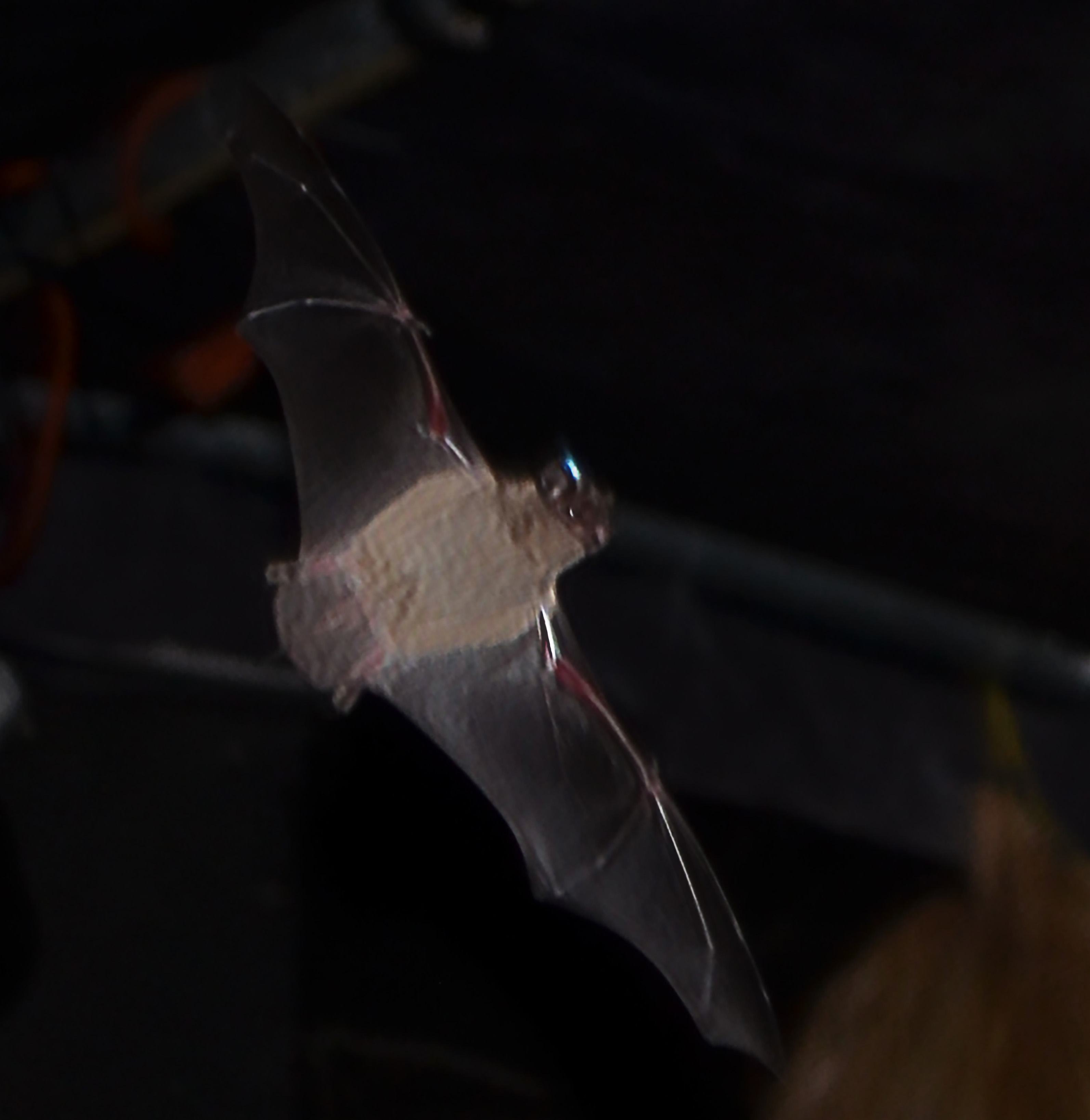Hola from Costa Rica,
Just a quick recap, in case you have not read my previous blog posts! I am currently in Costa Rica using two Wildlife Acoustics SM4Bat full spectrum recorders to track bat presence and activity across the country over a ten-week period. My plan is to collect data here and, upon returning to the U.S., running the data through the Kaleidoscope Pro acoustic analysis program with auto-ID technology to try to determine what bats we find where.
This is the beginning of my seventh week in the country and my second week at Las Cruces Biological Station. Last week we conducted our research at the station. The week prior, we were in Manuel Antonio, a very popular tourist town on the coast known for its National Park and beautiful beaches. This week and the next we are visiting privately owned plots of land with forest fragments. I did very little research in Manuel Antonio because I did not feel comfortable leaving my recorders overnight unattended in such a heavily populated place. I can easily lock the recording box to the tree with a heavy-duty lock, but the microphone and cable attach to the outside and could be easily removed and stolen. So, always take care of your equipment, first and foremost. Because, if you lose your equipment, you lose your experiment.
I consider this blog a way to impart wisdom on future researchers and animal activists. I have learned a lot while traveling the country and visiting different research stations and locations. Please, do not take anything I say as complaining or badmouthing, I just want to share information and experiences. We have come across some quote unquote issues while being here that I wish I could have foreseen.
- Some institutions issue their stipends differently than others; some will pay you in full upfront, some will pay you half when you start and half when you finish, and some will pay you biweekly. Also, if you get paid biweekly, (like any other job) you may be paid a pay period behind schedule and therefore not receive payment until the end of the first month you are there. This is something you should figure out before you leave for your trip and plan your finances accordingly. We have experienced some difficulties in stipend distribution amongst the group members (e.g. some people being paid weekly and some biweekly and some not the full amount). I am sure this will all work out in the end, but it is something I absolutely did not consider to be possible. Also, a few of our visits were to ecotourist businesses where we had to pay out of pocket entrance fees. We will be reimbursed for this later, but, it would have been nice to know beforehand. I feel like this is a weird policy because it is imposing a personal cost on researchers who may or may not have the funds, but apparently it is a pretty common practice.
- We had a box of equipment get stuck in customs for over 3 weeks, causing some serious delays in other peoples’ parts of the project, especially since we have moved locations. Anything you think you may need extras of, even if you think “it will be ok”, get them before you leave the country or make sure you have an in-country vendor. The only equipment of mind that I am missing out on are extra microphone covers. The first night I put my recorders out for a test run at La Selva, something chewed a hold in one of my microphone covers. It was only then that I realized, maybe it would have been useful to have extras! Oops! Thankfully the cover was not chewed completely as to where it affected the weatherproof-ness.
We are still in the field almost every day. I have 29 days left here before I return to the US to parse through my data and decipher the implications of what I have found. I am really excited and equally nervous to be responsible for going through ten weeks of data! On average, my recorders pick up 1,000 calls a night. But, in some locations, I have picked up as few as 3 calls to over 4,500 recordings in a night. At the sites where I can get 4+ consecutive nights of data, trends start to emerge. My ideal study design would be to have 10+ recorders spread across the country with extra extra large SD cards so they could be left for months at a time, showing temporal and spatial patterns of bat presence and activity. I have made some pretty interesting scatter plots of activity, just playing around with what I have so far. I will share what I am allowed when I can…later!
I want to end this blog on a positive note. As mentioned in my previous blogs, there is a girl doing research on the social implications of payment for ecosystem services (where people are paid by the government to not cut down the forest on their property, hence paying them for the services the remaining ecosystem provides). She has found that people in this area are much better informed of the benefits of having bats on their property and in their forests and on their farms. There is less fear and more excitement over bats. They see them as something necessary and without which, the forest would suffer. She reminds me people across the world do not all have the same information and associations we do about our flying friends. What we, as concerned and caring citizens of the world, need to do is have patience and understanding, spreading positive and informative narratives of bats. All it takes is conversation and interaction to change a mind and influence the future.
As always, feel free to contact me with questions or comments (ahall6@stedwards.edu).
Squeak squeak,
Amy

